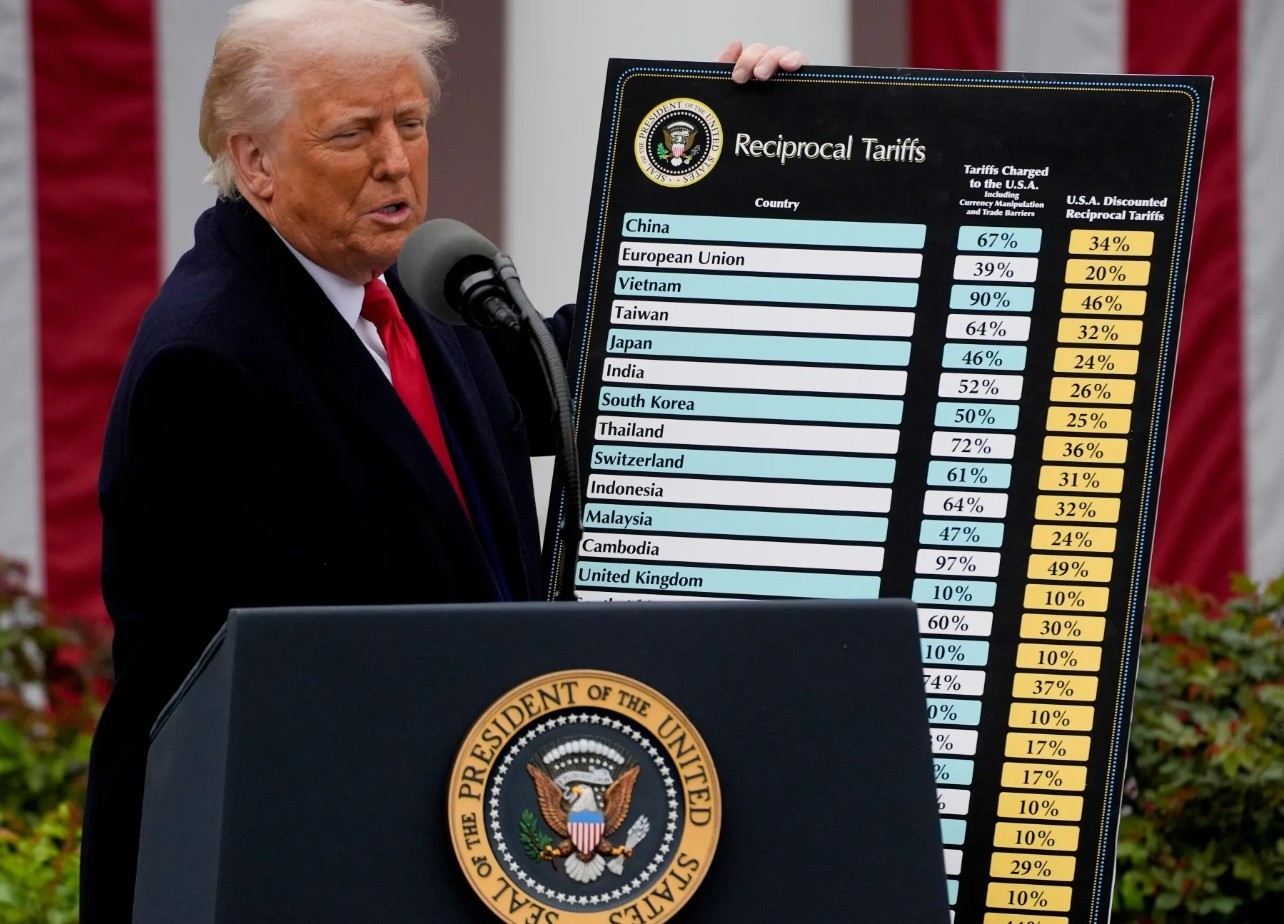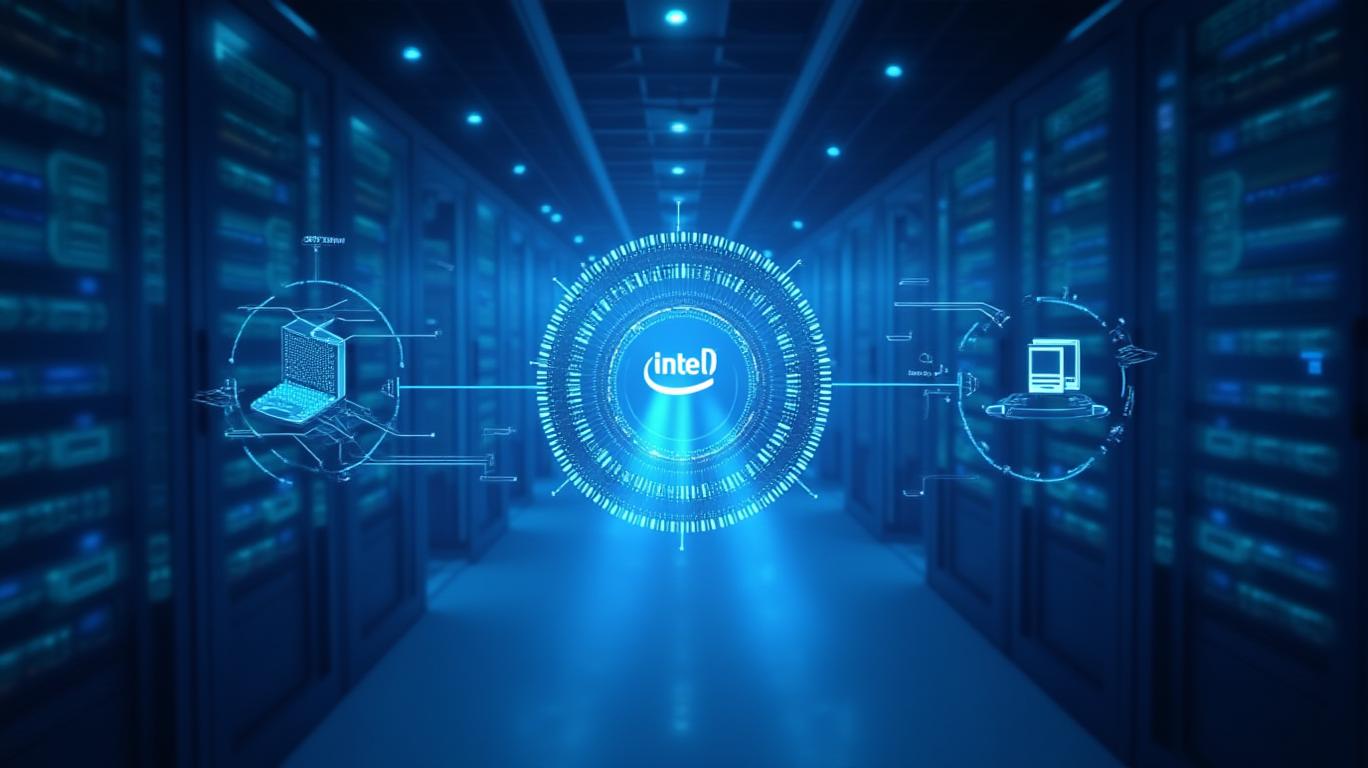Intel's Restructuring Gamble: Can Job Cuts Ignite a Turnaround in Q1?
Intel’s stock surged 3.56% on April 23, 2025, as investors digested news of its sweeping restructuring plan, which includes cutting 20% of its global workforce. The move, led by new CEO Lip-Bu Tan, signals a stark departure from the company’s past struggles and a bold bet on revitalizing its core semiconductor business. But with a $18.7 billion net loss in 2024 and a five-year stock decline of 67%, can these layoffs and strategic shifts finally turn the tide for Intel?
The Layoff Strategy: Cutting Fat or Severing Muscle?
Intel’s plan to eliminate 21,000 jobs—its second major round of layoffs in eight months—targets “bloated” middle management, aiming to streamline operations and refocus resources on engineering and AI development. By flattening its leadership structure, key divisions like its €17 billion Irish chip plant will now report directly to Tan, reducing bureaucratic layers.
The stock’s premarket jump suggests investors believe this restructuring could improve efficiency. However, the move risks destabilizing morale and talent retention at a time when intel faces fierce competition from rivals like NVIDIA.
Strategic Shifts and AI Ambitions
Under Tan’s leadership, Intel is doubling down on AI, betting its Panther Lake chips (built on its 18A process node) can capture market share from NVIDIA’s dominant GPUs. The company’s goal to deliver over 100 million AI-enabled PCs by year-end underscores its urgency to capitalize on rising demand for AI hardware.
The restructuring also includes spinning off non-core assets, such as selling a 51% stake in its Altera business to Silver Lake for $8.75 billion. This move not only reduces costs but also signals a shift toward operational focus—a stark contrast to its sprawling, diversified past.
The Numbers Tell a Cautionary Tale
Despite the stock’s recent gains, Intel’s financials remain under pressure. Q4 2024 revenue fell 7.4% year-over-year, and Wall Street analysts have issued a “Hold” rating for 26 of 31 recommendations. The consensus 12-month price target of $22.20 suggests a 14% upside from current levels, but this assumes execution on Tan’s vision.

The upcoming Q1 earnings report will be a critical test. Analysts expect revenue of $12.31 billion and a break-even EPS of $0.18, but operational savings from layoffs and asset sales must materialize quickly. Persistent headwinds—such as trade tariffs, weak PC demand, and manufacturing delays—could derail progress.
Conclusion: A Risky but Necessary Gamble
Intel’s restructuring is a high-stakes move, but the data hints at cautious optimism. The stock’s 3.56% jump on layoffs news and a 2% after-hours gain suggest investors see value in the cost-cutting and strategic focus. However, the road ahead is fraught with challenges:
- AI Opportunity: Intel’s Panther Lake chips and AI PC targets could drive growth if executed well.
- Financial Health: A $18.7 billion net loss in 2024 means the company must demonstrate rapid cost discipline and revenue stabilization.
- Competitive Landscape: NVIDIA’s dominance in AI chips and台积电’s manufacturing prowess leave little room for error.
The Q1 earnings call on April 24 will be pivotal. If Intel can show clear progress on restructuring savings, AI product timelines, and revenue resilience, the stock could approach its $22.20 target. But with a 67% five-year decline and a 2% year-to-date loss, investors must weigh whether Tan’s turnaround plan can outpace the industry’s relentless challenges.
In the end, Intel’s future hinges on execution. The layoffs are just the first step—a stark reminder that even tech giants must evolve or risk obsolescence.










